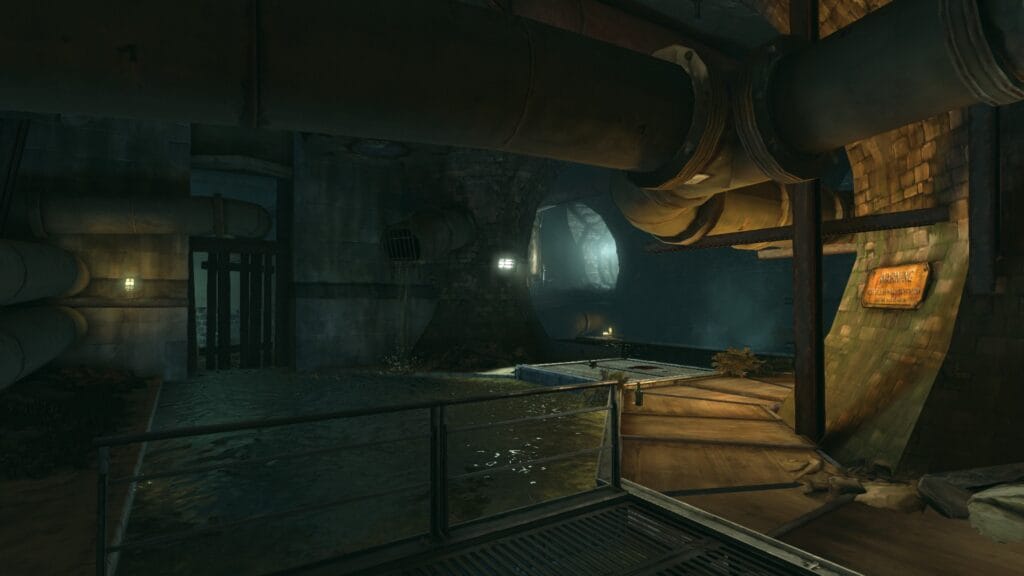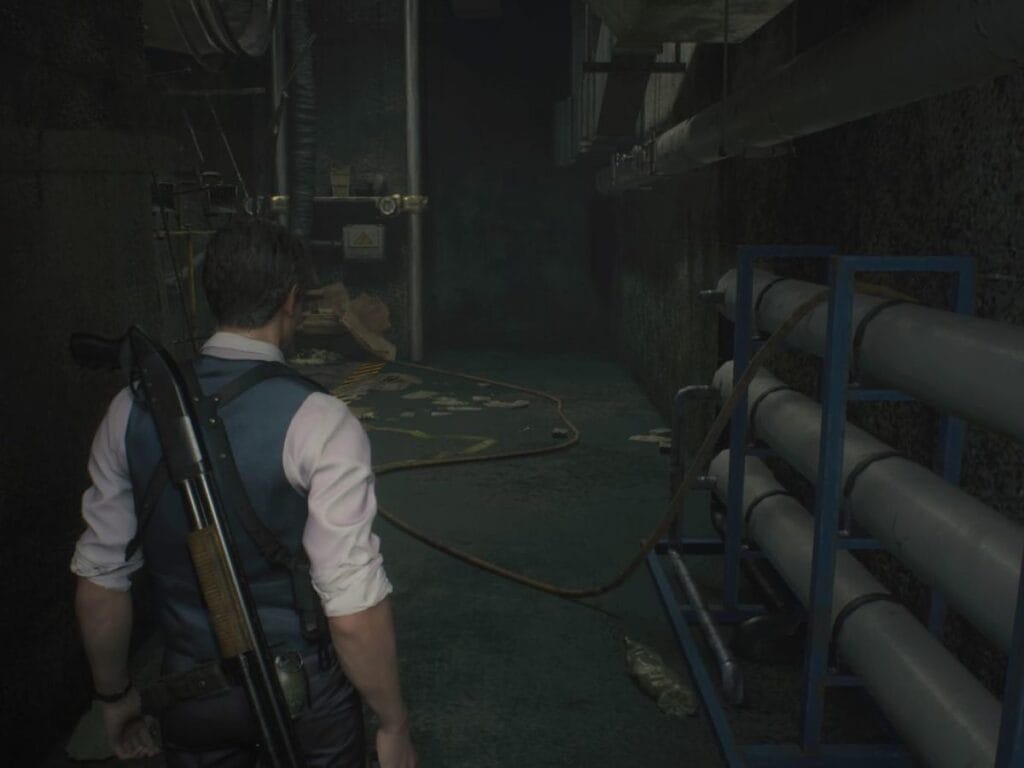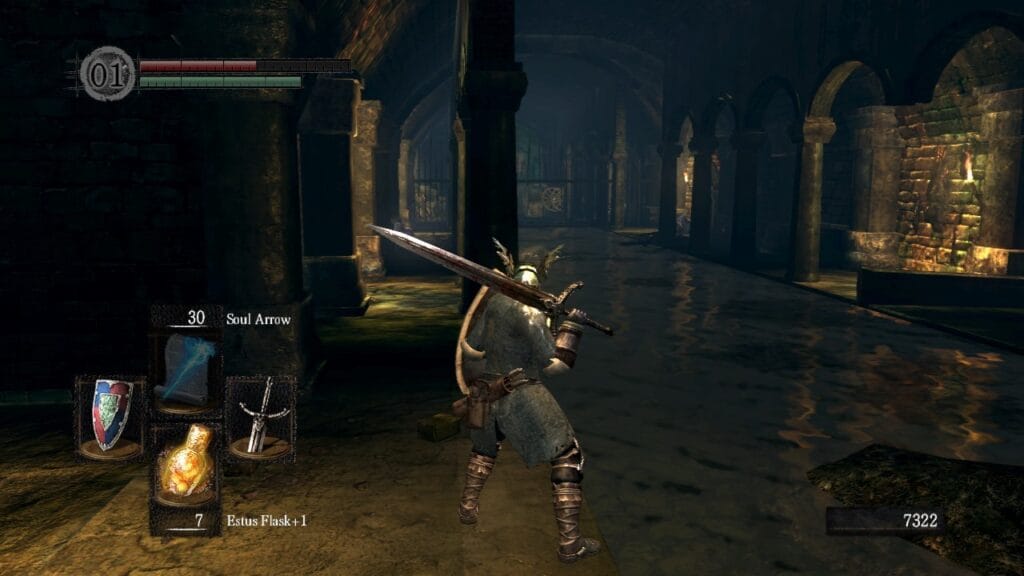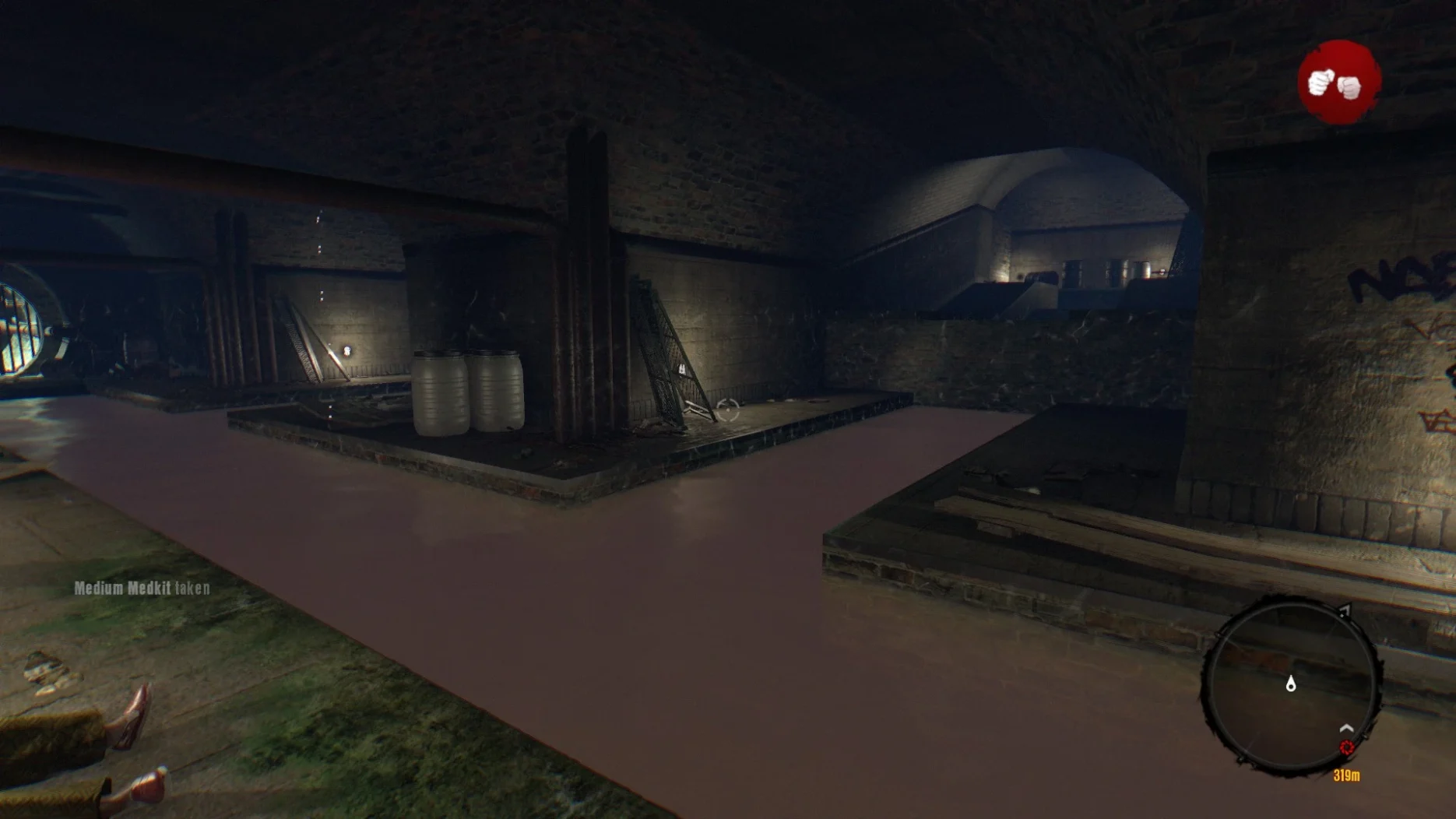If you’ve played video games for any significant amount of time, you’ve probably noticed a peculiar pattern: no matter what genre, setting, or story, there’s almost always that one level. You know the one. Dark, dank, maze-like corridors filled with murky water, strange echoes, and an overwhelming sense of “why am I here again?” Yes, I’m talking about sewer levels, and they’re everywhere.
From the claustrophobic tunnels of Batman: Arkham Asylum to the underwater passages of Banjo-Kazooie, from Final Fantasy VII Remake to Resident Evil 3, it seems like every game developer eventually decides their players need to take a trip through the underground plumbing system. But why? Does anyone actually enjoy these sections, or are we all just collectively suffering through them?
The Technical Truth Behind the Sewers
The reality behind sewer levels is surprisingly practical. Games thrive on confined, indoor spaces, because they’re easier to render while maintaining frame rate, and sewer levels in video games offer plenty of potential for horror and are easy to make, making them popular among game developers.
Think about it from a developer’s perspective: sewers provide a ready-made justification for linear, enclosed environments. You don’t need to worry about expansive vistas or complex outdoor lighting systems. The tunnels naturally guide players in specific directions, reducing the need for subtle environmental storytelling to keep players on track. These are all concepts we’ll take into account while building sewer levels, and they are popular game inclusions because so many people are familiar with them.

In the early days of 3D gaming, water rendering was particularly challenging, but 2D games embraced sewer levels as perfect confined spaces that fit their technical limitations. As 3D graphics evolved, sewers became an easy fallback for developers who needed atmospheric, horror-tinged environments without the complexity of more elaborate settings.
The Player Experience: Love It or Hate It
Here’s where things get interesting – the gaming community seems pretty split on sewer levels, though the “hate it” camp appears to be winning. Sewers are the bane of video game level design. They are, without fail, always really shitty and zero fun to play, according to discussions on forums like NeoGAF. No really, show me a sewer level where you can say, wow, my favorite map in the game was the sewer level you can’t, you really can’t. The sentiment is echoed across gaming communities, with many players viewing sewer levels as lazy level design.

Sewers turn good games into boring games because it’s always that level you can’t stand. The common complaints are predictable: these levels tend to be poorly lit, confusing to navigate, and often feel like padding designed to artificially extend gameplay time. More often than not, these levels are poorly-lit or just plain ugly. Sewers are brimming with disease and filth in the real world, and their video game counterparts can be just as unpleasant.
But it’s not universal hatred. Some games have managed to make their underground excursions memorable for the right reasons. Dark Souls apparently “did it right” according to some players, and certain titles like Crash Team Racing’s “Sewer Surfing” level subverted expectations by being bright, fast-paced, and actually fun to play through.
Why Developers Keep Going Back Down the Drain
So if players generally dislike these levels, why do developers keep making them? Beyond the technical advantages, sewers serve several narrative and gameplay functions:
Environmental Storytelling: Sewers represent the underbelly of civilization, literally and figuratively. They’re perfect for introducing players to a city’s hidden secrets, criminal underworld, or forgotten history. Need to show that your utopian city has dark secrets? Take players through the sewers.

Atmosphere and Horror: Sewer levels are one of those things that survival horror game designers love, but players generally don’t. The inherent unpleasantness of sewers makes them ideal for building tension and disgust, key emotions in horror games.
Logical Progression: In many games, sewers serve as the realistic way to infiltrate buildings, escape detection, or travel between areas. They’re the video game equivalent of air vents in action movies – a convenient plot device that actually makes sense within the game world.
Universal Recognition: Everyone knows what a sewer is and why someone might need to go through one. Unlike fantastical locations that require explanation and world-building, sewers come with built-in context that players immediately understand.
The Good, The Bad, and The Ugly
Not all sewer levels are created equal. The best ones subvert expectations or integrate seamlessly into the game’s overall experience. The worst ones feel like mandatory slogs through brown and gray corridors with confusing layouts and arbitrary puzzles.
Good sewer levels tend to be either very short (getting players through quickly before the novelty wears off) or they offer something unique – interesting mechanics, compelling story beats, or visual design that transcends the typical “dank tunnel” aesthetic.

Bad sewer levels, on the other hand, overstay their welcome with maze-like layouts, backtracking, and the dreaded “match the lever to the door” puzzles that feel designed purely to waste time.
Sewer Levels – So, Are We Missing Something?
Maybe the persistence of sewer levels isn’t just about developer laziness or technical limitations. Perhaps there’s something primal about descending into the depths, about exploring the spaces we normally ignore or avoid. Sewers in games might serve the same psychological function as basements in horror movies – they represent the repressed, the hidden, the things we’d rather not think about.
Or maybe we’re overthinking it, and they really are just an easy way to create linear, atmospheric levels without too much technical complexity.
The truth is probably somewhere in between. Sewer levels aren’t going anywhere – they’re too useful from a development standpoint and too embedded in gaming culture at this point. But as players become more vocal about what they want from their gaming experiences, perhaps we’ll see developers find more creative ways to make these underground excursions actually worth taking.
Until then, we’ll keep trudging through the muck, wondering why our heroic characters always seem to end up waste-deep in the city’s plumbing. At least now you know you’re not alone in questioning it.
Have you played a sewer level that actually worked well? Or are you firmly in the “no more sewers, please” camp? The debate continues to flow through gaming communities like… well, like water through a sewer system.
More about sewer levels






